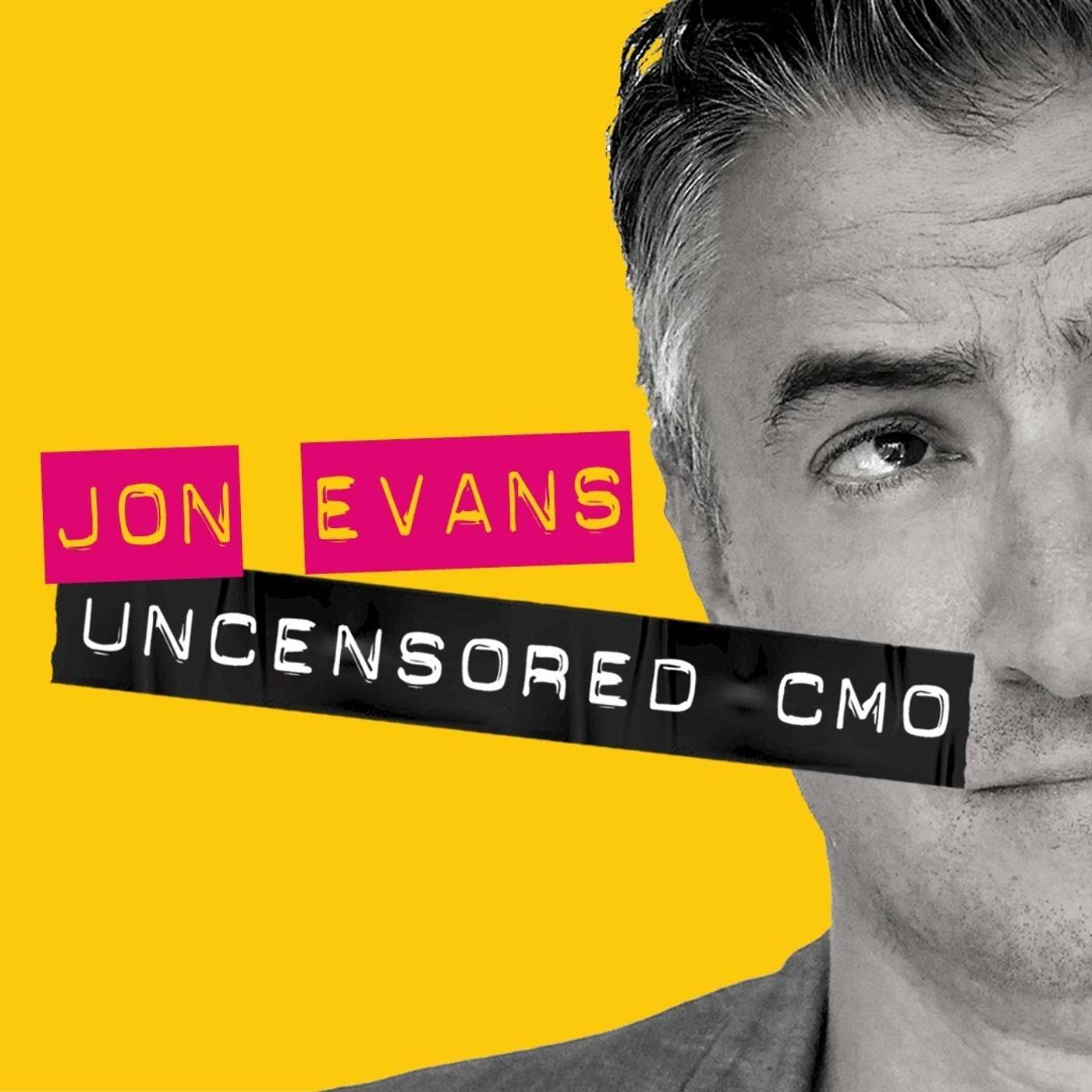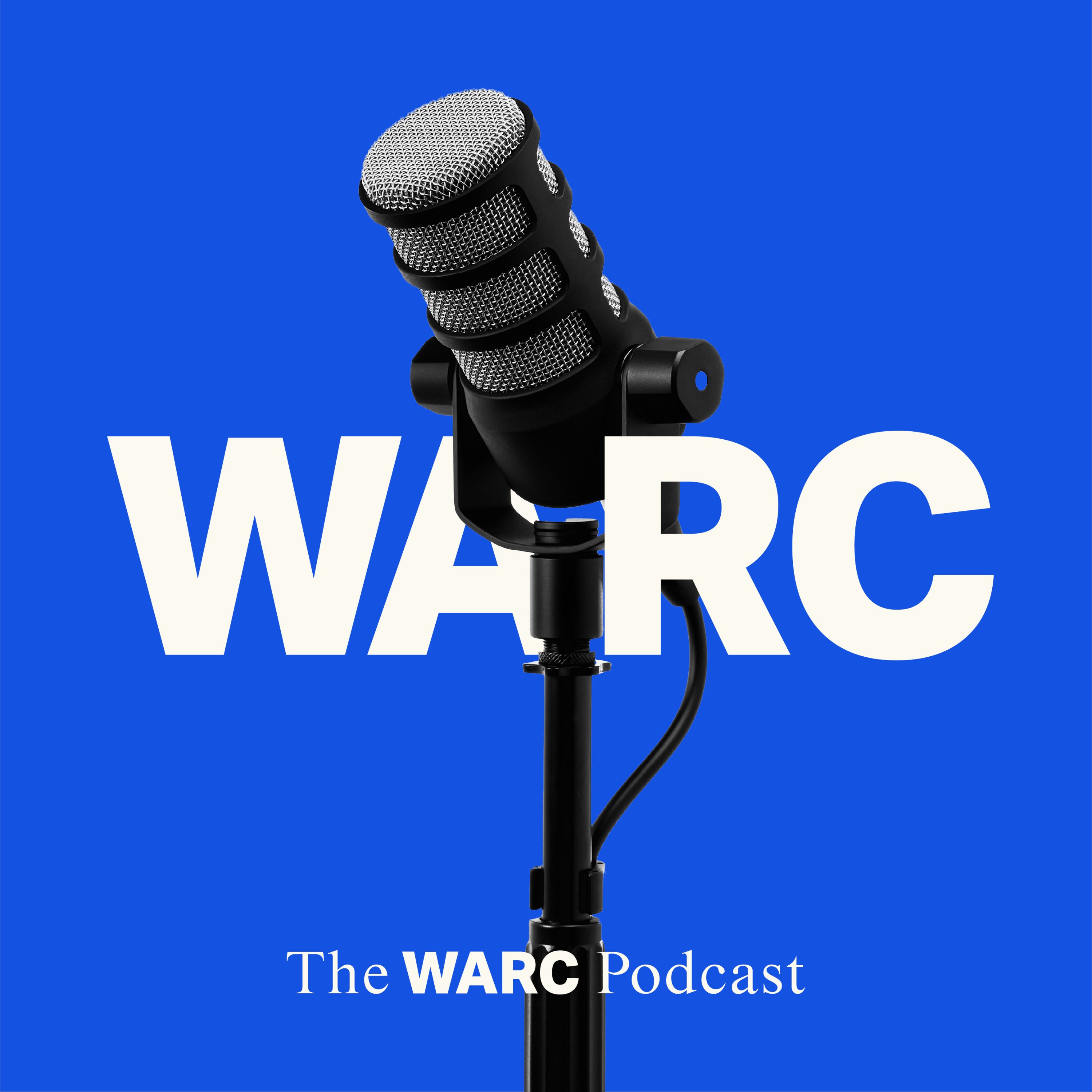
The Looking Glass
“The truth stands quietly in the looking glass, waiting for those who are brave enough to look it in the eye.”
The Looking Glass
The Truth Is Now Stranger (And More Compelling) Than Most Advertising
This episode explores how real-life experiences have become inherently more captivating than traditional advertising. It argues that while advertising once relied on hyperbole and dramatic portrayals, the rise of smartphones and social media has unveiled the authentic, unpredictable, and often bizarre nature of everyday life, which is far more engaging. It highlights how unscripted moments, real emotions, and relatable stories like those found in social media trends, reality shows, or influencer content resonate with audiences in ways that staged advertisements cannot, leading brands to adapt by incorporating more genuine and authentic representations.
You know, every single day you're just swimming in it. Ads, right. From the second you look at your phone, scrolling your feed, billboards driving to work, the shows you stream at night. It's everywhere.
SPEAKER_00:Completely woven into life now.
SPEAKER_03:And billions, literally billions are spent making these things grab you, stick in your head, make you buy something. But here's the big question we kept coming back to looking at this material. What if the stuff that really gets you isn't some fancy ad but, well, just normal life? Stuff you see all the time.
SPEAKER_00:Right. The everyday.
SPEAKER_03:So today on the deep dive, that's our mission. We want to unpack why real life. you know, actual lived experience seems so much more interesting, more powerful than traditional advertising.
SPEAKER_02:Yeah.
SPEAKER_03:We've gone through some really fascinating sources to figure out how media has changed and what that actually means for you, for how you take in stories and info.
SPEAKER_00:It's a huge shift.
SPEAKER_03:It really is. And what's super clear from the research is, well, real life just kind of blows polished commercials out of the water now. It's like we've moved past believing all the hype and now we're just looking for something authentic.
SPEAKER_00:And what's fascinating really is just how fast this change happened. The sources we looked at really point to smartphones, digital video being everywhere, and obviously social media. Those are the big drivers. They basically gave everyone the tools to make and share stuff, right? And that just sort of laid bare how compelling the unscripted, messy bits of life actually are.
SPEAKER_03:Okay, so here's where it gets really interesting, and it's a perfect example, I think. Remember that viral thing from early social media?
SPEAKER_00:Uh-huh. Which one?
SPEAKER_03:It's almost funny, like you said, billions on ads, and this is what sticks. A cat.
SPEAKER_00:Ah. Okay, I think I know.
SPEAKER_03:But yeah, not just any cat. A cat in a shark costume. Chasing a duck.
SPEAKER_00:While riding a Roomba. Yes.
SPEAKER_03:Riding a Roomba around a kitchen. I mean, can you picture a team of creatives sitting around a table brainstorming that?
SPEAKER_00:No way. The research basically says, you know, good luck finding an ad agency that could have cooked that up.
SPEAKER_03:Right. So weird. So charming. Weirdly hypnotic.
SPEAKER_00:And finding a company to pay for it. Forget it.
SPEAKER_03:Exactly. And that was what, over 10 years ago? but we still remember it.
SPEAKER_00:And that seemingly silly moment, well, the material suggests it really showed something fundamental. It showed this collective human preference for things that just happen, spontaneous, maybe even absurd stuff, uncurated moments over perfection. Real life is messy, unpredictable, raw. It's authentic because it just occurs. Advertising, on the other hand, it's always staged, scripted, edited down to the last second.
SPEAKER_01:That shark cat video wasn't trying to make you feel anything or sell you a vacuum cleaner.
UNKNOWN:It just was.
SPEAKER_01:And
SPEAKER_00:because of that, it sparked real emotions, real laughter, maybe. And it stuck with people in a way most ads, which are built to persuade, often just can't. It sort of signaled the beginning of the end for that old school hyperbole, you know.
SPEAKER_03:And it's not just the crazy viral stuff either, right? Our normal lives day to day are are full of things that prove this.
SPEAKER_00:Totally.
SPEAKER_03:Like think about seeing an amazing sunset or tasting food that's just unbelievably good.
SPEAKER_00:Simple stuff.
SPEAKER_03:Or that feeling of real love, you know? Or hearing someone laugh, like really laugh. Or even crying tears of joy at a wedding or graduation.
SPEAKER_02:Yeah.
SPEAKER_03:None of that is designed to grab your attention or sell you something.
SPEAKER_00:Yeah.
SPEAKER_03:But it's way more compelling, usually, than any ad you'll see.
SPEAKER_00:Precisely. And those simple, real moments, they connect us. Right. Yeah, less alone. Exactly. And advertisers, they try, right? They spend so much trying to create emotional stories, but they can never quite capture that raw, poignant authenticity of a true story that just unfolds. The research gets into how that unfiltered quality actually triggers different responses in our brains, more related to empathy, to trust. Ads often struggle to get past our sort of built-in skepticism.
SPEAKER_03:And this power of real life... It's not just in our personal moments. You see it all over popular media now.
SPEAKER_00:Oh, for sure.
SPEAKER_03:I mean, just look at how popular documentaries have become.
SPEAKER_00:Yeah.
SPEAKER_03:And reality shows.
SPEAKER_00:Huge service. There's
SPEAKER_03:supposed to be these unscripted looks into real people's lives, their problems, their wins, their screw ups. Like take something massive like Keeping Up with the Kardashians. OK, people criticize it, debate how real it is.
SPEAKER_00:Sure. There's that debate. But you
SPEAKER_03:can't deny it was huge. Right. They grabbed attention. And it wasn't just about seeing famous people. It was the relatable stuff, the family fights, the career stress. Things people recognize from their own lives, even if the scale was different. People were maybe getting tired of pure fiction.
SPEAKER_00:And that idea connects straight to social media influencers. I mean, they have these enormous followings, huge power over what people buy. And what makes them different from a typical ad isn't some fancy production. It's that they seem authentic.
SPEAKER_03:Perceived authenticity,
SPEAKER_00:yeah. They're just real people sharing real things happening to them. And followers feel like they relate personally. Some studies even and call it a parasocial relationship.
SPEAKER_03:Like a one-sided friendship.
SPEAKER_00:Kind of, yeah. A genuine feeling of connection that a brand talking at you rarely achieves. That perceived sincerity, that's what builds trust.
SPEAKER_03:Okay, so if real life is that powerful, how do brands actually use it without it feeling fake?
SPEAKER_00:Well, the material points to a really great early example, Dove, their real beauty campaign.
SPEAKER_03:Oh, yeah, I remember that. That was way back, wasn't it? Like 2004?
SPEAKER_00:Exactly. And what they did was challenge those old beauty standards head on. They used real women, different body types, not professional models.
SPEAKER_03:Hmm. Bold move back then.
SPEAKER_00:It really was. And the data shows it was a massive success. Dove's market share went way up. It wasn't just about showing different kinds of women. It was tapping into that authenticity, real experiences, real perspectives that people were just hungry for. They were tired of seeing these impossible airbrushed images.
SPEAKER_03:So it proved that real life, if you weave it in, genuinely...
SPEAKER_00:Yeah, genuinely is the key word. It can be incredibly powerful for a brand. But it raises that question too, you know, When does it not work? Can brands mess this up?
SPEAKER_03:Right. Like trying too hard to seem authentic.
SPEAKER_00:Exactly. The research hints that this authenticity paradox, it seems to only really work if it feels true to what the brand is actually about. Otherwise, people see right through it and it can totally backfire.
SPEAKER_03:Okay. So let's bring it all together.
SPEAKER_00:Yeah.
SPEAKER_03:What does this all mean for you listening right now and how you kind of navigate the world? What we've seen in this deep dive is that real life just has this grip on us that most advertising doesn't because it's raw. It's real. It's wonderfully messy and unpredictable. It hits us emotionally, leaves a real mark, connects us in a way that something carefully planned often struggles to do, makes us feel maybe less alone.
SPEAKER_00:And while advertising definitely still works, it influences us. Sure.
SPEAKER_03:It has its place.
SPEAKER_00:What's really clear from all this research is it just can't quite copy the sheer authentic power of real life unfolding. There's that great quote from Lord Byron that kept coming up in the material. The truth is stranger than fiction. And that's not just a saying anymore, is it? It's like the ultimate challenge now for any brand trying to get your attention.
SPEAKER_03:Right. They're not just competing with other ads.
SPEAKER_00:They're competing with life itself. All the messy, amazing, compelling stuff that just happens every day.
SPEAKER_03:So maybe the final thought for you to chew on is this. How do you tell what's authentic anymore in the stories you see every day, the ones being sold to you and the ones that just happen? Where's that line for you?
Podcasts we love
Check out these other fine podcasts recommended by us, not an algorithm.

Uncensored CMO
Jon Evans
On Strategy Showcase
Fergus O’Carroll
HBR On Strategy
Harvard Business Review
